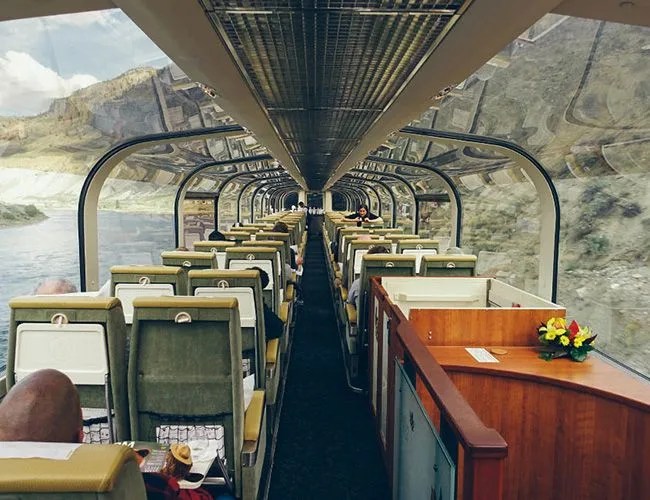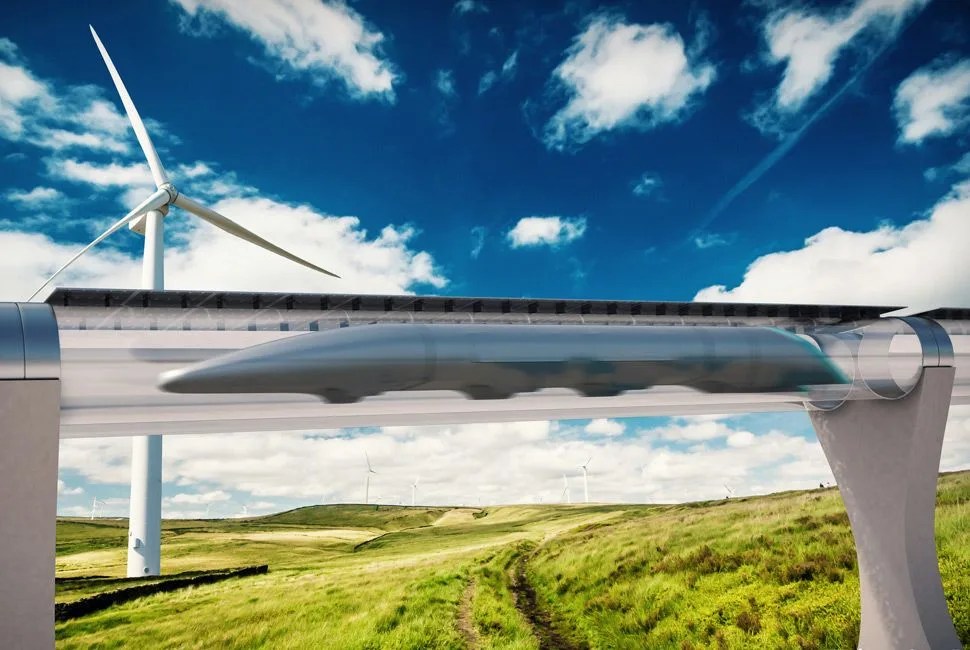In 2013, Elon Musk’s SpaceX revealed the concept for a high-speed ground-transport system, dubbed the Hyperloop, which would travel around 700 mph and deliver passengers from Los Angeles to San Francisco in just 35 minutes. The idea: to create a faster, cheaper, safer and more environmentally conscious transit option — one in which pods travel through tubes with near-zero air pressure, and which is eons ahead of the hell that is Interstate 5. Three years later, however, the California Hyperloop is still a far cry from coming to fruition: SpaceX is currently holding an open competition “to design and build the best Hyperloop pod.” But in Europe, things appear to be moving a lot faster.
In March 2016, a startup called Hyperloop Transportation Technologies (HTT) inked a deal with the Slovakian government to build two Hyperloops that would link three European capitals. Vienna to Bratislava would be an eight-minute trip covering 35 miles, while Bratislava to Budapest would cover 100 miles in 10 minutes.
Slovakia is one of Europe’s fastest-growing economies, so the idea of having a revolutionary transportation system makes sense. Also, unlike California, Slovakia will have an easier time handling tough political issues that face the multi-billion-dollar project of building a Hyperloop (such as securing land rights).
If all goes according to plan, the first stage of the Slovakia Hyperloop, which will be within Bratislava, will be completed by 2020. And despite falling behind in this battle for high-speed transit supremacy, Americans, especially Californians, should be crossing their fingers that this European Hyperloop is a success. Why? With this Hyperloop serving as a beta test for all future high-speed ground-transport systems, this means a 35-minute L.A.-to-San Fran commute is one step closer to be becoming a reality.
The One-Way Train Ride to an Outdoorsman’s Playground

A ride through the Canadian Rockies on a plush, window-ceilinged trains tantalizes with views of adventure — and, at its end, delivers. Read this story
